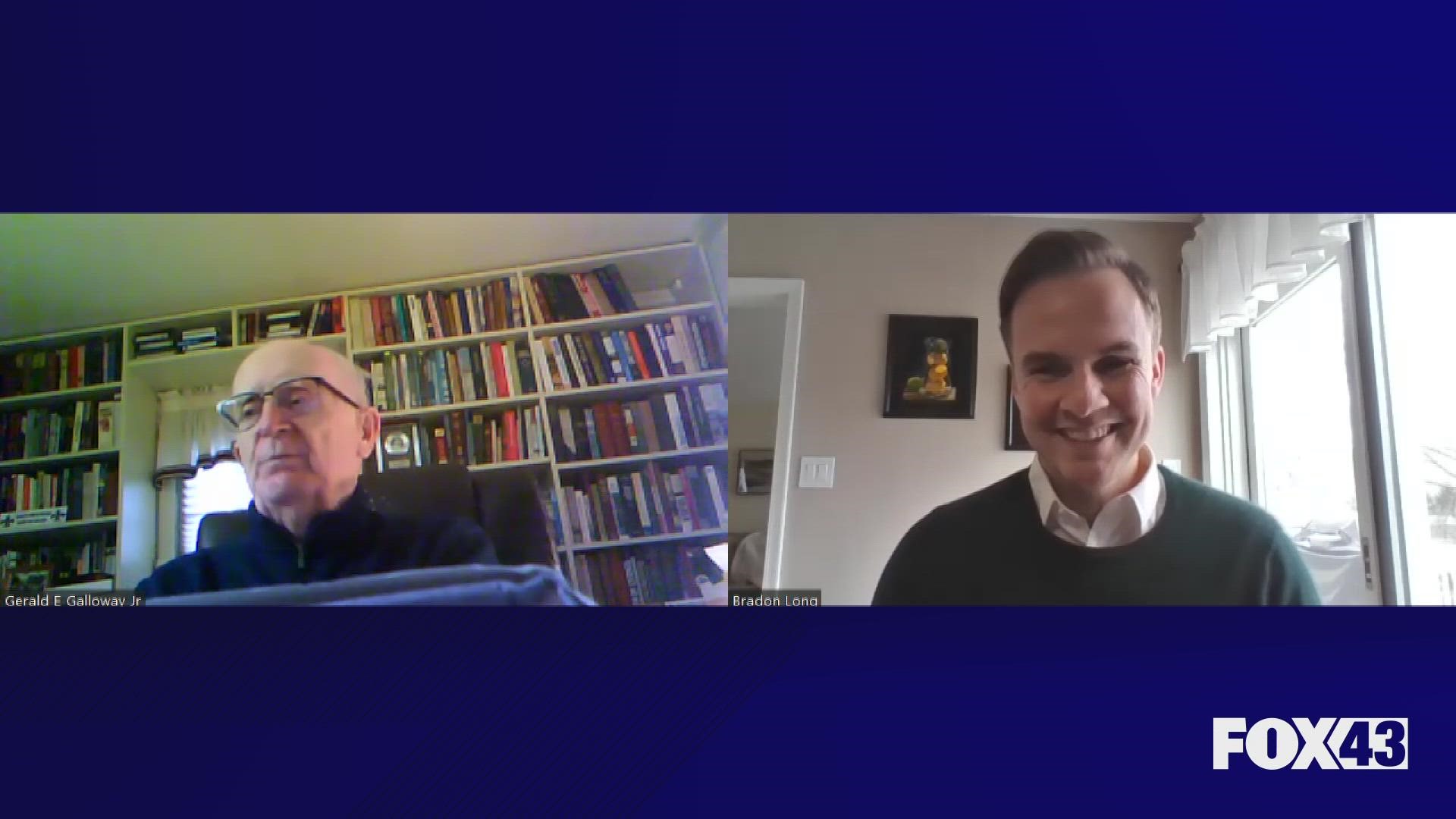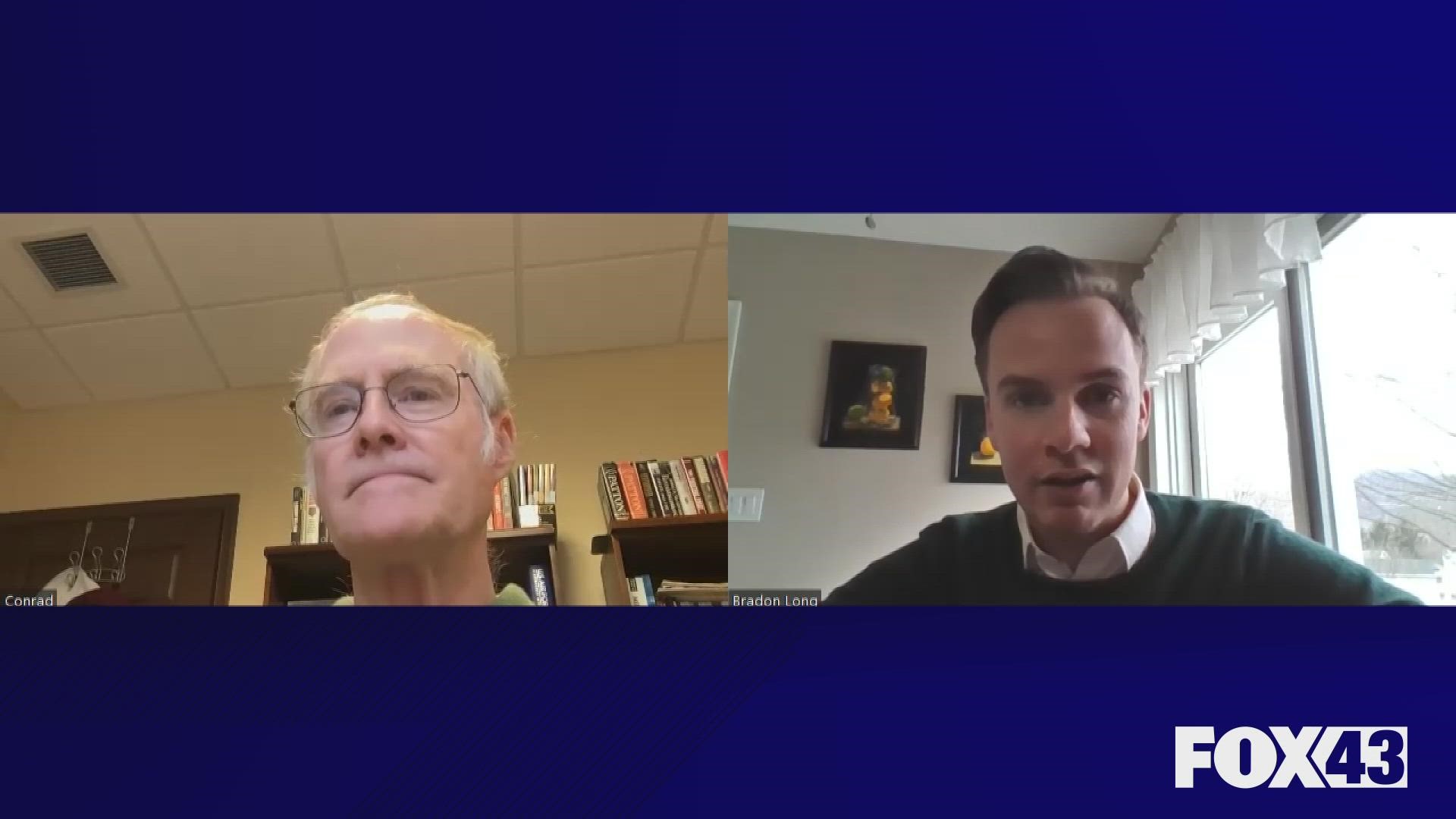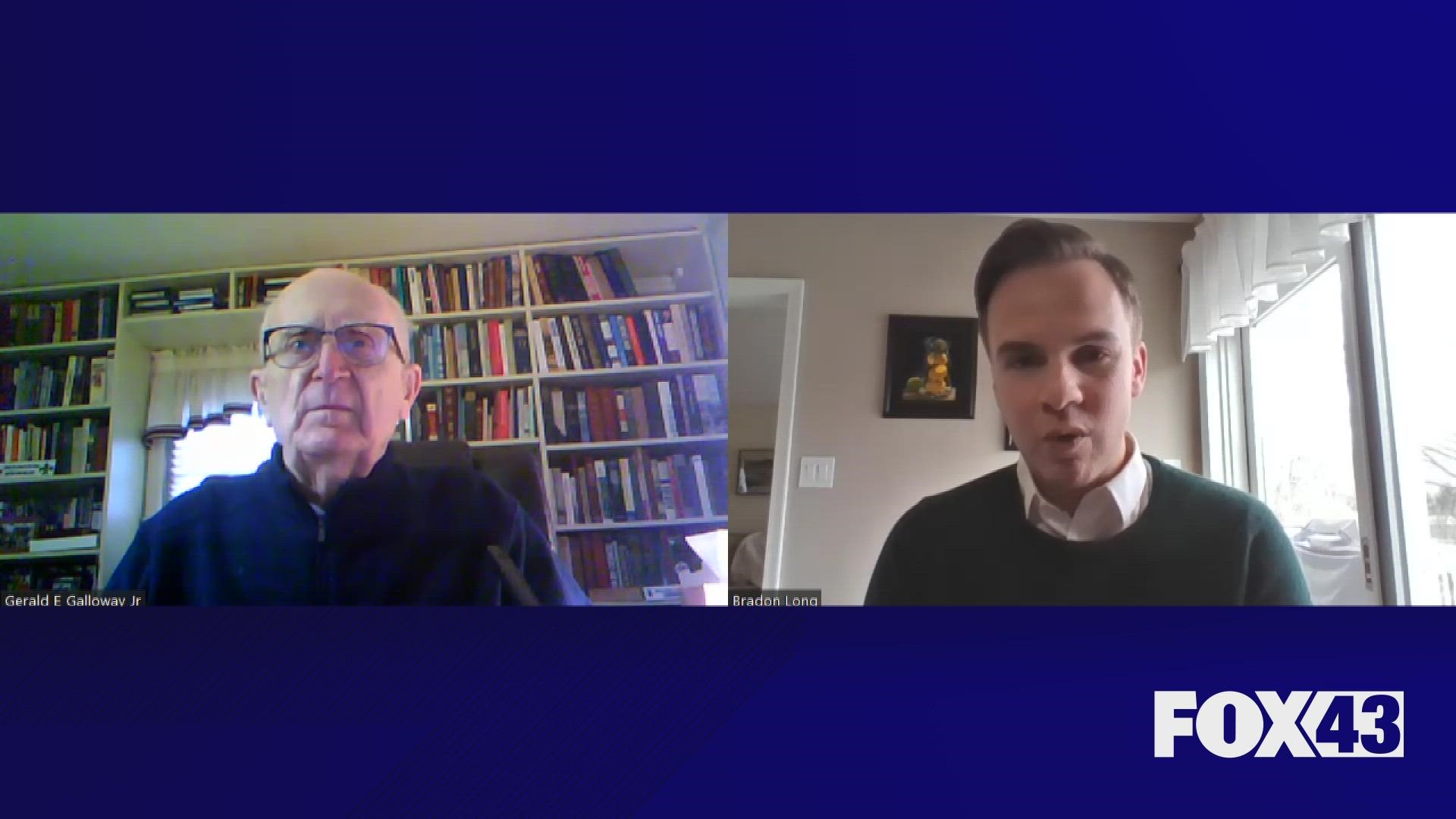"Weather is just one of those factors as a military commander that you have to evaluate. It's in everybody's checklist."
So says Dr. Conrad Crane, Senior Research Historian at the Army War College in Carlisle, who keeps track of the Army Heritage Research Center.
Within those walls is document after document of weather forecasts, not to coordinate our every day, but to help plan military excursions and battle plans.
Documents just like the image below of the forecasting plans for Operation Overlord, otherwise known as D-Day.

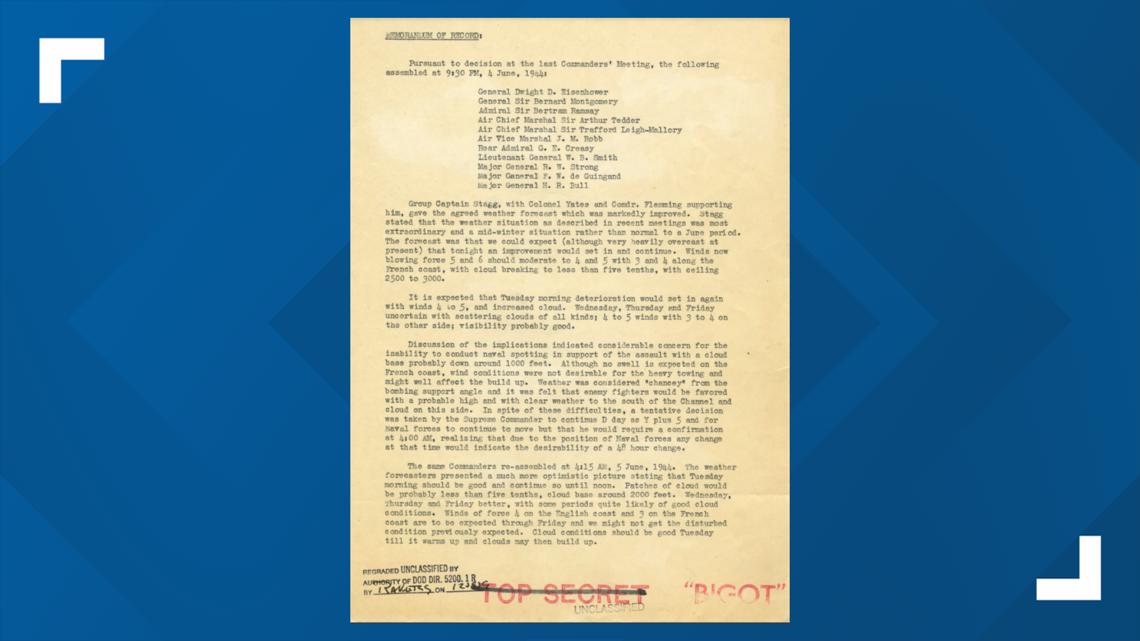


"One of the advantages that people don't appreciate we had in World War II was the fact that weather went from west-to-east," Crane said. "We had the advantage of knowing the weather that was coming across Greenland and into Britain. The Germans did not."
As we celebrated the birthday of the National Weather Service earlier this year, I mentioned that the organization was first and foremost founded within the War department in 1870.
So it is no surprise that weather not only has played a part in military history, but in most situations is a primary influencer in a certain conflict.
We of course talk about this after weeks and weeks of deliberation into how and when Russia would launch an attack on Ukraine, and how the weather would play a key part.
"It's not surprising that Russia made its attack to take Crimea in 2014 also in February," said Crane. "In that part of the world with a lot of the marshlands there, you want to attack before the marshlands thaw out."
That element has played part in the region not just in the last decade, but for centuries.
"Napoleon in 1812 runs into the Russian winter and is part of the reason he loses 600,000 men there," Crane said. "The Germans who invade in World War II, they're not where they need to be in the fall, October the rains hit and they're bogged down in mud. When they finally get to Moscow in December, the general winter hits and the Germans are completely unprepared for winter weather... their offensive grinds to a halt."
To get an even broader picture of weather's relationship with the battlefield, I spoke with Brigadier General Gerald Galloway, Jr. (Ret.), who serves on the board of the Center for Climate and Security.
"In 1980, if you picked up an Army manual, came out and said weather and terrain are the most important things to consider on the battlefield," Galloway said.
And to complete the picture, I spoke with Dr. Ronald Frankum, a history professor at Millersville University.
By putting their interviews together, I came up with a long list of how conflict and weather have come together in history.

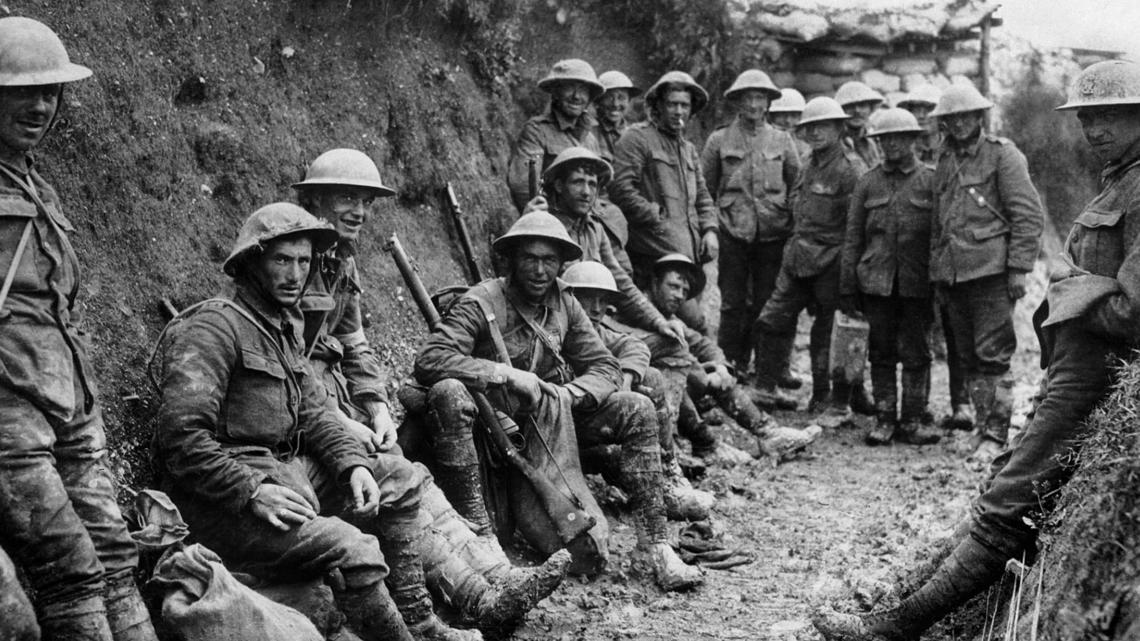
World War I - Battle of the Somme
From July to November 1916, the Battle of the Somme began as an Allied offensive that turned into one of the most costly battles of the war. More than one million French, British and German soldiers perished
While trench warfare largely took hold, weather would have its day as well. Throughout August and September, periods of wet weather conditions slowed the battle. By October and November, heavy rains dug up the battlefield full of mud and making advance nearly impossible. It was followed by one of the worst winters in French history. Eight weeks of solid sleet, snow and rain waterlogged the trenches. The battle stalled as simply surviving the winter took hold as a main priority.

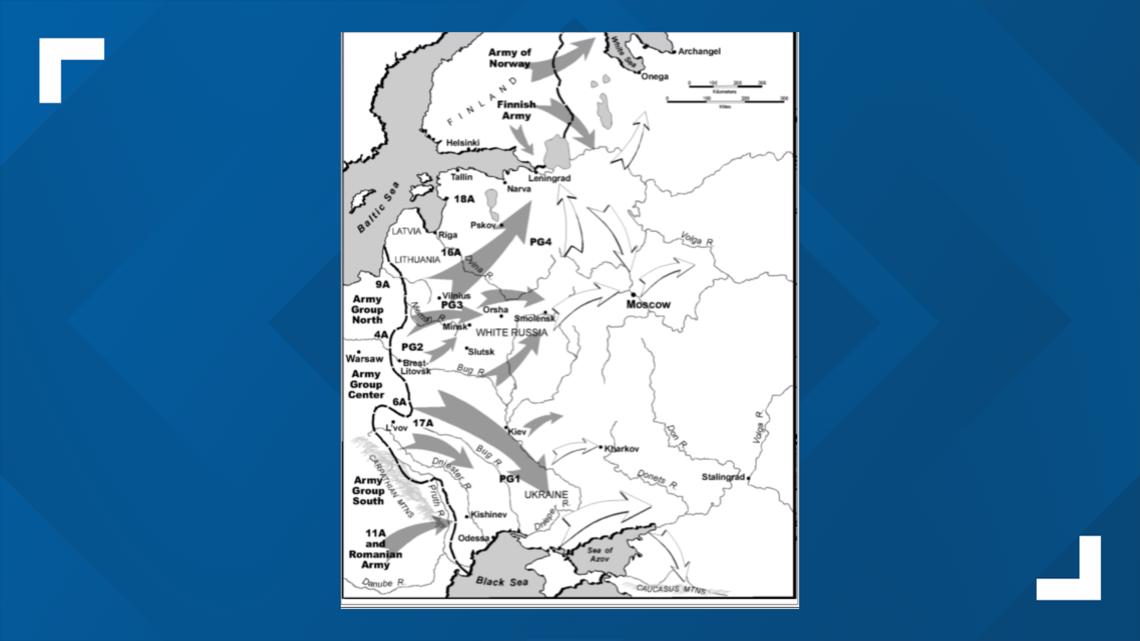
World War II - Operation Barbarossa
Perhaps one of the crucial turning points of World War II was Operation Barbarossa, the German attempted invasion of the Soviet Union.
Launched in June of 1941, the German force needed a swift invasion victory to take Moscow by the harsh Russian winter.
"The Germans who invade in World War II, they're not where they need to be in the Fall, October the rains hit and they're bogged down in mud," Crane said. The German army slowed and stalled in the mud outside Moscow.
"When they finally get to Moscow in December, the general winter hits and the Germans are completely unprepared for winter weather... their offense grinds to a halt."

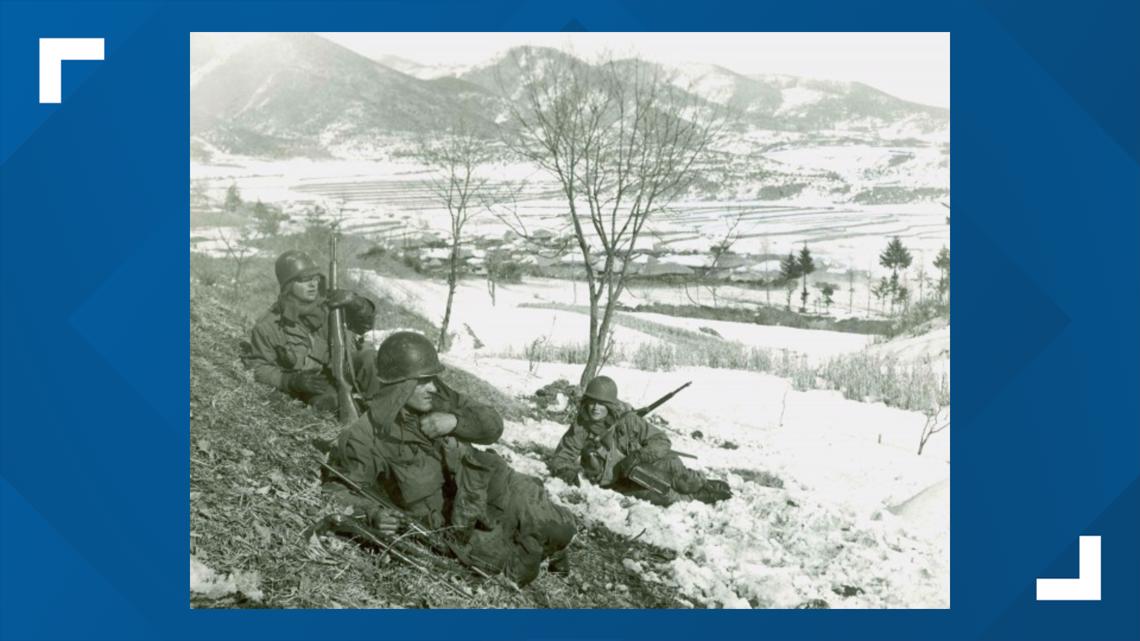
Korean War - Winter of 1950
While more recent modern warfare of the last thirty years has been conducted in the heat, the winter of 1950 proved to be one of the coldest for an active war zone in American history.
"We had to evacuate from the northern Korean area when the Chinese communists were invading, because it was freezing. It was so cold that nothing ever worked," Galloway said.
Temperatures dropped to less than -30°F in November of 1950, causing concern for frostbite casualties, rough terrain and weapons malfunctions. Medical supplies froze in the mountains of North Korea. According to the U.S. Army's website, soldiers lost fingers, toes and ears while sitting at frozen outposts.
Vietnam War - Operation Popeye
This one through me for a loop.
If you had asked had we ever tried to weaponize the weather, I would have laughed you all the way back to the clouds. But, in what was a treacherous jungle landscape that plagued our resources weather-wise, the U.S. government attempted to do just that.
In the history archives of the Department of State, you can find this document of the project in North Vietnam and southern Laos.
It states:
"The objective of the program is to produce sufficient rainfall along these lines of communication to interdict or at least interfere with truck traffic between North and South Vietnam. Recently improved cloud seeding techniques would be applied on a sustained basis, in a non-publicized effort to induce continued rainfall through the months of the normal dry season."
Basically, the object was to prolong the monsoon season by effectively neutralizing any advances of the dry months by... making it rain even more. Weather already was slowing us down in unfamiliar territory, Frankum said.
"Primary operations would be cancelled completely or deferred to secondary or third level operations because the cloud cover was so low," Frankum said.
The operation was carried out from March 1967 through July 1972.
And the list continues into the present. Just like the Russian invasion of Crimea and Ukraine has taken place in the month of February, February and March were prime operational time periods in the Gulf War "before it got too beastly hot," according to Galloway.
Editor's Note: Chief Meteorologist Bradon Long spoke with Brigadier General Gerald Galloway on February 24th on the developing situation in Ukraine.
Why are February and March the months you want to attack?
"The temperatures haven't gotten to the summer levels yet," Crane said. "You're trying to attack when you're not in 100° weather on the ground."
And while we've talked about snow, ice, rain and heat, why not sand?
"You can go back to trying to rescue the hostages in Iran in Jimmy Carter's days," Galloway said. "Why did that operation fail? Because of a huge dust storm that put all of our aircraft on the ground when we had hoped to have them moving towards Tehran."
It's part of almost every operation and every decision. Weather affects what you can do and when, how you can plan, even supply lines.
"Could you have the right visibility, the right trafficability and the temperature be as such that the troops could operate?" Galloway asked. "We are still working on how to get adequate water to troops in the field."
As Crane said at the beginning of this post, no matter the situation, weather is "in everybody's checklist."
Until next time,
-Chief Meteorologist Bradon Long

